As you get behind the wheel of your Alfa Romeo MiTo, you’re surrounded by a dashboard filled with warning lights designed to keep you safe and informed. But what do they all mean?
From the Electronic Stability Control (ESC) and Anti-lock Braking System (ABS) lights to the airbag and engine warnings, it’s essential to understand what’s normal and what requires immediate attention.
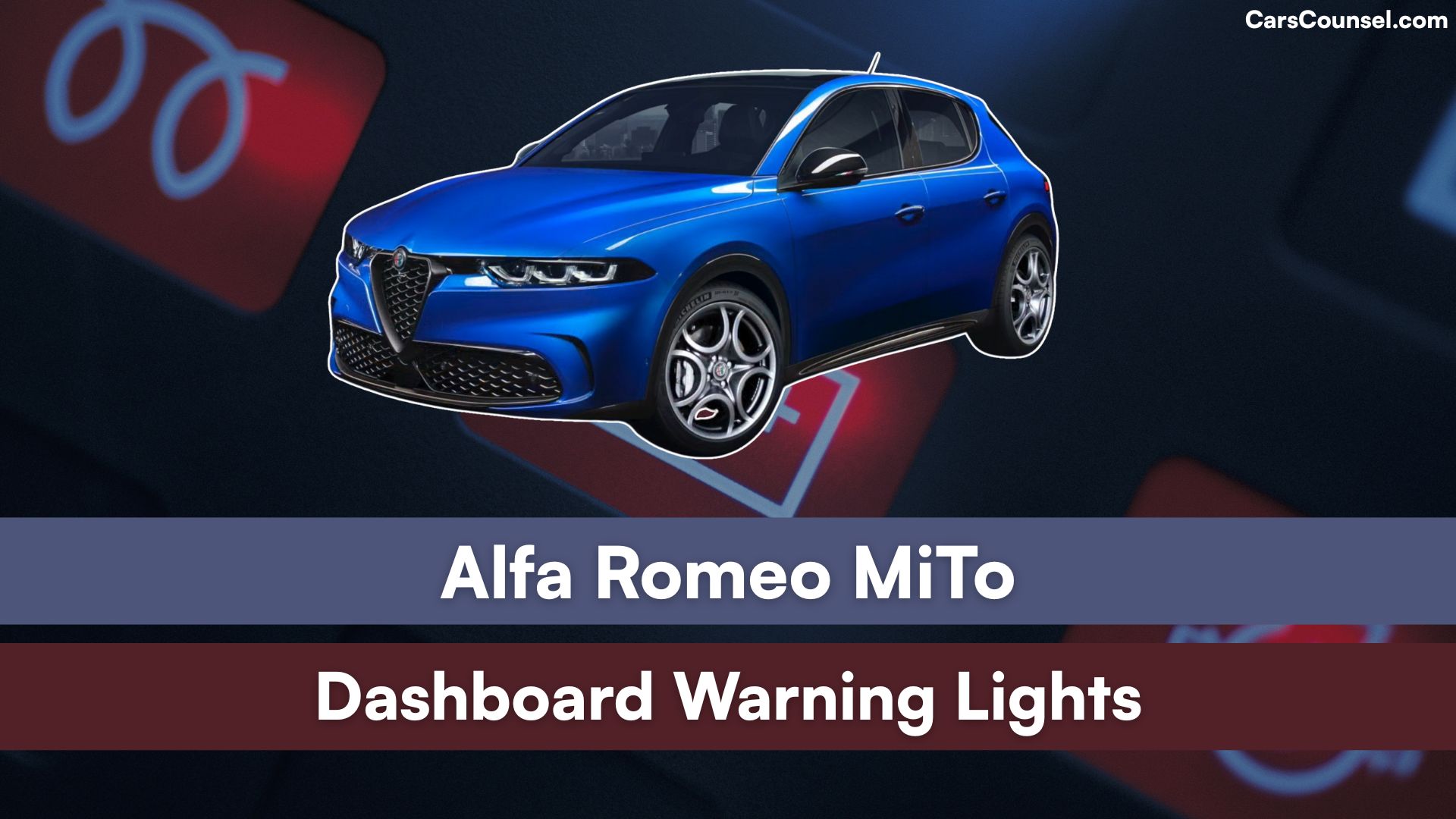
As you glance at your dashboard, you can’t help but wonder: what’s lurking behind that mysterious light, and how can you prevent it from becoming a major issue?
Quick Navigation
Safety and Performance Systems
Enhancing Vehicle Stability
The Alfa Romeo MiTo’s safety and performance systems are designed to provide you with a secure and responsive driving experience. Vehicle stability is augmented through the Electronic Stability Control (ESC) system, which improves control and stability by helping to correct understeer and oversteer.
The system distributes brake force to individual wheels and can also reduce engine power when needed.
ESC Light Indicators
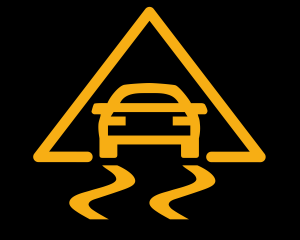
A flashing ESC light indicates the system is actively correcting and stabilizing the vehicle, while a steady light indicates a fault.
Additional Safety Features
Other key safety features include the Anti-lock Braking System (ABS) and airbags, which work together to provide a comprehensive safety net.
Brake Warning Light Meanings
Understanding Brake Warning Indicators
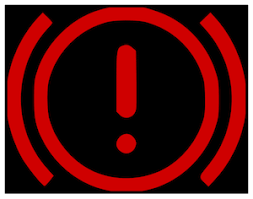
You’ll notice the Alfa Romeo MiTo brake warning light has two distinct meanings, which are crucial to comprehend to guarantee your safety on the road.
First Meaning: Handbrake
Initially, it can indicate that the handbrake is still applied, which is essential to release before driving.
Second Meaning: Low Brake Fluid
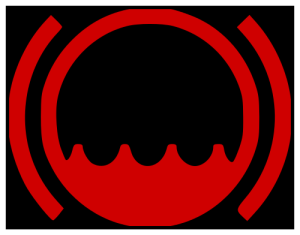
Next, it may signal low brake fluid levels, requiring a top-off to achieve peak braking performance. If the light stays on after releasing the handbrake, check the brake fluid reservoir tank level and restore it if necessary.
Ignoring this warning can lead to brake pad wear, compromising your vehicle’s stopping power. Stay alert and address any brake-related issues promptly to guarantee a safe and enjoyable driving experience.
Airbag and ABS Warnings
Monitoring Airbag and ABS Systems

Monitoring your Alfa Romeo MiTo’s airbag and ABS systems is crucial for safe driving, as malfunctions can have serious consequences. The airbag warning light should come on with ignition and go out shortly after; if it stays on, there’s a fault with the system. This could prevent airbag deployment in the event of an accident, putting you and your passengers at risk.
ABS Warning Light
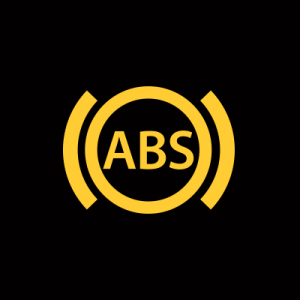
The ABS warning light indicates a fault with the Anti-lock Braking System, which can lead to reduced control and stability on the road. If the brake and ABS warning lights come on together, it indicates a fault with electronic brakeforce distribution (EBD). Make sure to address these warnings promptly to guarantee your safety on the road.
Engine and Maintenance Alerts
Importance of Regular Engine Checks
Several essential systems in your Alfa Romeo MiTo require regular checks to prevent overheating, low oil pressure, and other issues that can lead to costly repairs or even engine failure. You should regularly check your engine oil level, verifying it’s between the MIN and MAX marks, and look for signs of oil leaks. It’s also vital to perform filter checks, including the fuel filter, to prevent clogs and guarantee proper engine performance.
Warning Lights for Engine Issues
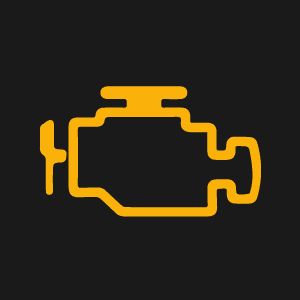
Failure to do so may trigger warning lights, such as the engine oil warning light, indicating low oil pressure or levels. Addressing these issues promptly will help prevent damage to your engine and guarantee your vehicle runs smoothly.
Coolant and Oil Level Checks
Maintaining Proper Fluid Levels
The engine coolant and oil levels in your Alfa Romeo MiTo require regular checks to prevent overheating, low oil pressure, and other issues that can lead to costly repairs or even engine failure. Regular maintenance is key to extending the life of your engine.
Performing Fluid Checks
You should check the coolant reservoir tank level regularly to verify it’s above the MIN level. In the same way, check the engine oil level regularly to verify it’s between the MIN and MAX marks. Fluid checks are a vital part of your car’s maintenance schedule.
Transmission and Battery Warnings
Transmission Warning Light
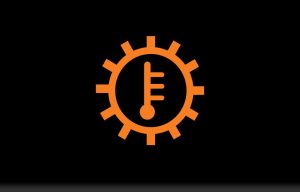
Check your transmission regularly to prevent faults that can leave you stranded. Transmission faults can be indicated by the transmission warning light on your dashboard. If it comes on, drive carefully to the nearest workshop to avoid further damage.
Battery Maintenance
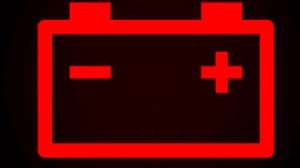
Meanwhile, pay attention to your battery’s health by maintaining it properly. The battery/alternator warning light will illuminate if there’s a charging issue. Switch off non-essential utilities and seek repair to prevent further damage. Regular battery maintenance can prevent faults, so make sure to check your battery’s condition and charge level regularly.
Power Steering and ESC Alerts
Steering and ESC System Issues
When you’re behind the wheel, staying in control is crucial, and that’s where the power steering and ESC systems come in. These systems work together to improve your vehicle’s stability and handling. However, if you notice any issues, it’s essential to address them promptly.
Common Power Steering and ESC Warnings

A power steering warning light indicates a fault with the electric power steering system. An ESC light that remains on indicates a fault with the ESC system. A flashing ESC light means ESC is actively correcting and stabilizing the vehicle.
If you experience power steering faults, your vehicle may be more difficult to steer, especially at low speeds. ESC malfunctions can lead to a loss of traction or control, especially during sharp turns or sudden maneuvers.
Engine Misfiring and Diagnostics
Identifying Engine Misfiring
Most Alfa Romeo MiTo owners will experience engine misfiring at some point, which can be a concerning issue that affects performance and fuel efficiency.
If you notice the check engine warning light, it may indicate engine misfiring, which can cause damage to the catalytic converter. Reduce engine load and speed if the warning light remains flashing.
Diagnosing the Issue
To diagnose the issue, you’ll need to use engine diagnostics equipment to read fault codes and identify the malfunction. This will help you refine engine performance and prevent further damage.
Continued driving with the light on may cause additional problems, so it’s essential to address the issue promptly. By conducting regular engine diagnostics, you can identify and fix issues before they become major problems, ensuring peak performance and fuel efficiency.
Fuel Level and Fuel Cut-Off Warnings
Low Fuel Warning Light

Since you’ve filled up at the pump, you’ve probably noticed the low fuel warning light illuminating on your Alfa Romeo MiTo’s dashboard when there’s approximately 5-7 liters of fuel remaining in the tank. This warning is designed to alert you to refuel to avoid running out of fuel.
Fuel Efficiency Tips
To improve fuel efficiency, consider these tips:
- Monitor your fuel consumption and adjust your driving habits accordingly
- Maintain a consistent speed, avoiding rapid acceleration and braking
- Check your tire pressure regularly, as underinflated tires can decrease fuel efficiency
- Avoid carrying unnecessary weight in your vehicle
- Plan your route in advance to minimize traffic and construction delays
Start/Stop System and Light Failures
Start/Stop System Warning

You’ve verified you have enough fuel in your Alfa Romeo MiTo, but now it’s time to focus on another aspect of your vehicle’s systems. The start/stop system warning light indicates a fault with the automatic engine start/stop system. If this light illuminates, it may be due to a faulty sensor, low battery voltage, or a malfunction in the system.
Lights Failure Warning
Warning light failures can be frustrating, but it’s essential to address them promptly. The lights failure warning light will illuminate if one of the following lights isn’t working: daytime running lights, side lights, direction indicators, rear fog light, or number plate lights. Make sure to check these lights regularly to avoid any issues on the road.
Dusk Sensor and Rain Sensor Issues
Sensor Malfunctions
Frequently, the Alfa Romeo MiTo’s advanced systems can malfunction, and it’s essential to address these issues promptly. Dusk sensor and rain sensor issues can cause problems with your vehicle’s functionality.
Addressing Sensor Issues
If your dusk sensor is malfunctioning, it may not adjust the lighting correctly, which can be hazardous. You’ll need to have it recalibrated by a professional. A dirty windscreen can cause your rain sensor to malfunction, so make sure to keep it clean. Sensor calibration is vital to guarantee your Alfa Romeo MiTo’s advanced systems work correctly.
If your rain sensor is faulty, it may not activate the windscreen wipers correctly, which can impede your visibility on the road. Regular windscreen cleaning can prevent rain sensor issues and guarantee your safety on the road.
Parking Sensors and General Failures
Parking Sensor Functionality
In the vicinity of your Alfa Romeo MiTo’s rear bumper, a set of parking sensors is installed to assist you in maneuvering tight parking spaces. These sensors emit ultrasonic waves to detect obstacles, providing you with visual and audible warnings to prevent collisions.
Sensor Calibration and General Failures
Sensor calibration may be necessary if you’ve altered your vehicle’s ride height or applied adhesives to the bumper, which can trigger the parking sensors fault light. Verify your parking assistance system is functioning correctly to avoid accidents. If the fault light illuminates, consult your vehicle’s manual or contact an Alfa Romeo workshop for assistance.
Additionally, be aware of the general failure triangle warning, which may illuminate alongside other fault lights in certain circumstances, indicating a broader issue with your vehicle’s systems.
Diesel Engine Glow Plugs and DPF
Glow Plugs and DPF Warnings
As you move beyond the parking sensors and general failures, it’s time to focus on the diesel engine’s glow plugs and diesel particulate filter (DPF).
Identifying DPF and Glow Plug Issues

The glow plugs warning light illuminates and goes out when the diesel engine is ready to start. A flashing glow plugs light indicates a failure in the glow plug preheating system. The water in fuel filter warning light may illuminate with the glow plugs warning light.
The DPF warning light comes on when the diesel particulate filter requires driver intervention to help with the cleaning process. To enable DPF regeneration, select a road where constant motion is possible, and continue driving for around 15 minutes.
Tyre Pressure Monitoring System
Importance of Tyre Pressure Monitoring
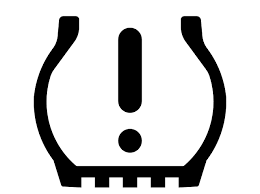
You need to keep an eye on your tyre pressure, as it’s crucial for your safety on the road. Underinflated tyres can lead to reduced traction, increased stopping distances, and even tyre failure. The Tyre Pressure Monitoring System (TPMS) helps you stay on top of tyre pressure checks.
Responding to Low Pressure Warnings
If the system detects one or more tyres’ pressure has fallen below the stored values, the tyre pressure warning light will come on. Make sure to check your tyre pressure regularly to guarantee your tyres are properly inflated. This is especially important before long trips or when carrying heavy loads. If the warning light illuminates while driving, avoid sharp braking or steering and stop the vehicle as soon as it’s safe to do so.
Vehicle Servicing and Maintenance Tips
Importance of Regular Maintenance
Regular servicing and maintenance are crucial to guaranteeing your Alfa Romeo MiTo runs smoothly, efficiently, and safely. By following a regular servicing schedule, you can identify and address any potential issues before they become major problems. This not only saves you money in the long run but also helps to prevent breakdowns and guarantee your safety on the road.
Essential Maintenance Tasks
Some essential maintenance tasks to include in your schedule are:
- Checking and topping up fluids, such as engine oil, coolant, and brake fluid
- Inspecting and replacing air filters and spark plugs
- Rotating your tyres and checking their pressure
- Inspecting your brake pads and discs
- Scanning your vehicle’s onboard diagnostics system for any fault codes

